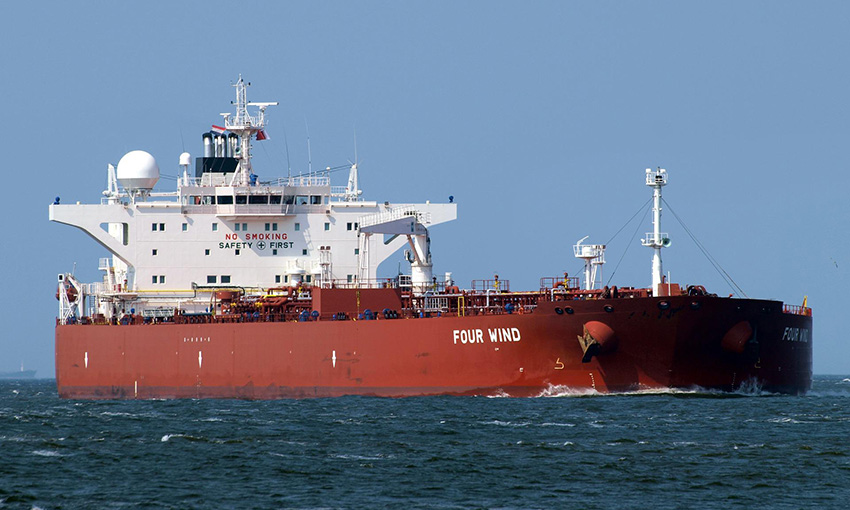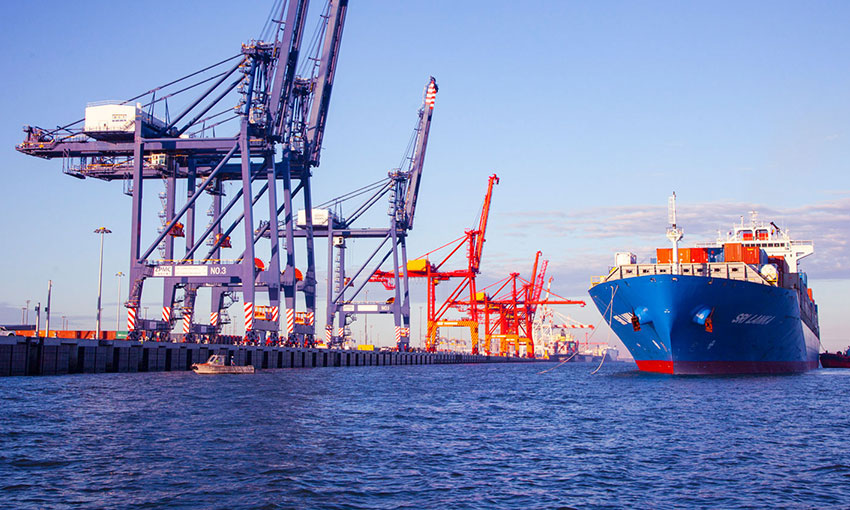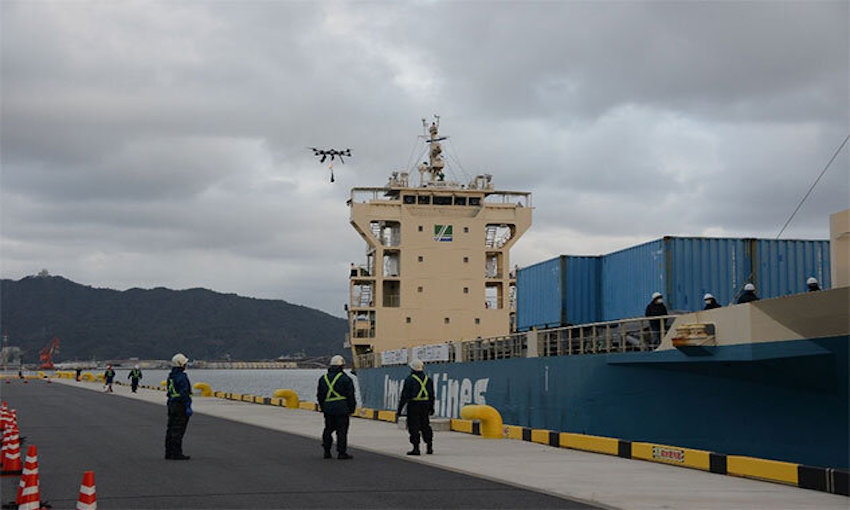A RECENT assessment by classification society DNV has found gaps in the existing regulatory framework for shore power on tankers.
A statement from DNV said the need for new rules on shore power for tankers emerged following amendments to the California Air Resources Board’s (CARB) Ocean-Going Vessels At-Berth Regulation. This regulation requires tankers to have emission control strategies in place at specific ports from January 2025.
As a response to these regulatory changes, DNV, on behalf of the Western States Petroleum Association, conducted a comprehensive assessment of the feasibility of meeting the new requirements.
The gaps in regulation the assessment uncovered include a lack of standardisation for connection points, limited interface compatibility with terminal systems, and technology development constraints.
The project also identified a need for risk evaluation in handling hazardous cargo during implementation of shore power technology.
DNV Maritime senior vice president and global segment director tankers Catrine Vestereng said the electrical risks for tankers can be greater than for dry bulk carriers and containerships because they often carry potentially flammable cargoes.
“This requires more attention on systems safety both on-board and on the quayside,” she said.
“These gaps underscore the importance of establishing industry-standard guidelines to address safety concerns effectively and ensure the well-being of personnel and assets involved in tanker operations.”
To ensure a comprehensive and inclusive process, DNV sought feedback from interested parties through proposals for a hearing starting 8 March.
After incorporating insights and expertise from leading energy charterers, tanker terminals, and prominent ship owners, DNV has finalised the rules after a five-week review period.
Oil Companies International Marine Forum engineering adviser Filipe Santana said the OCIMF’s environment committee established an onshore power supply work group, a joint industry working group to support the development of standardised practices guidance regarding the application of shore power for tankers, terminals, and their interface.
“DNV has been a part of this collective endeavour, contributing significantly,” Mr Santana said.
“We appreciate their and all our industry partners’ efforts as we strive to accelerate the adoption of innovative solutions to reduce emissions.”.
The new rules were officially released on 1 July.





